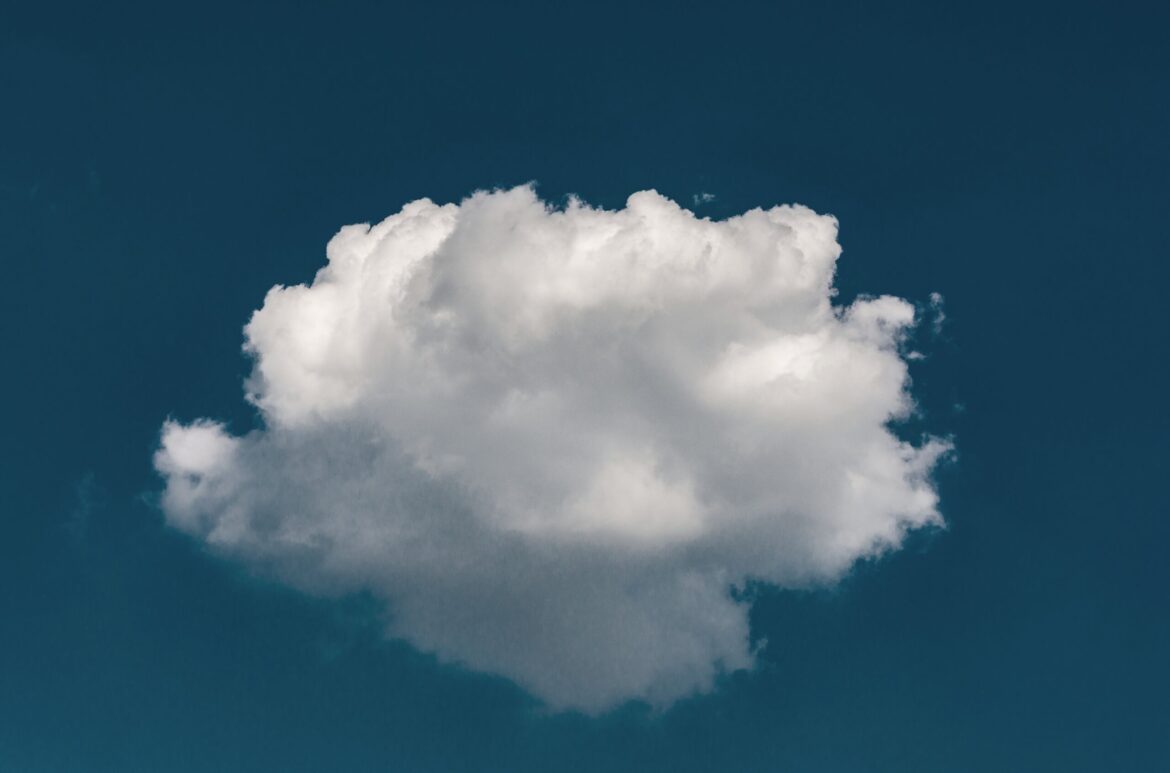Cloud Storage For Photographers: The Pros and Cons of Relying On The Cloud
Introduction
*There is no affiliation or any compensation for any recommendations. This article has no sponsorships. Enjoy.
In today’s digital age, cloud storage is becoming increasingly important for photographers. With the power of the internet and the ability to share data instantly, more and more professionals are turning to cloud storage to store their photos. But is this really the best way to store photos? In this blog post, we will explore the pros and cons of relying on cloud storage for photographers, so you can make an informed decision about how to store your photos in a secure and reliable way. We will also discuss some alternatives that may be better suited for your needs. So read on to learn more about how to keep your photos safe!
What is Cloud Storage?

Cloud Storage For Photographers – Servers
Cloud storage is a system that allows users to save and access files over the internet. It’s a popular option for photographers, as it offers the convenience of being able to access files from anywhere and share them with others easily. However, there are some downsides to using cloud storage, such as the potential for security breaches and data loss – it happens often.
The Pros of Cloud Storage for Photographers
There are many cloud storage options for photographers now available, each with their own set of pros and cons. However, there are some key advantages of using cloud storage that make it a compelling option for many photographers. Let’s take a look at some of the top benefits of storing photos in the cloud:
1. Access Your Photos From Anywhere – One of the biggest advantages of using cloud storage is that you can access your photos from anywhere in the world, as long as you have an internet connection. This is perfect for traveling photographers who want to be able to view and edit their photos on the go.
2. Automatic Backup and Versioning – Another huge benefit of cloud storage is that your photos are automatically backed up and versioned. This means that if you accidentally delete a photo or make an edit that you later regret, you can easily revert back to an older version or recover the deleted photo.
3. Share Photos With Ease – Cloud storage also makes it very easy to share photos with clients, family, and friends. Most cloud storage providers offer simple tools for sharing photos via email or social media.
4. Save Space on Your Hard Drive – Since your photos are stored in the cloud rather than on your local hard drive, you’ll free up valuable space on your computer or mobile device. This is especially helpful if you have a limited amount of storage space on your device.
5. Affordable Pricing Plans – Many cloud
The Cons of Cloud Storage for Photographers
There are a few potential cons of using cloud storage for photographers to be aware of. One is that it can be more expensive than traditional storage solutions, particularly if you need a lot of space. Another is that you need to have an internet connection to access your photos stored in the cloud, so if you’re traveling or in an area with poor internet service, it may not be ideal. Finally, there’s always the possibility (however small) that your cloud storage provider could experience an outage or security breach, which could result in your photos being inaccessible or even lost.
An option will be storing your photos in different cloud storage services that way you always have a back up incase of any security data breach.

Cloud Storage For Photographers – Store Your Data In More Than One Service Provider -Photo by NASA on Unsplash
The Best Cloud Storage Providers for Photographers
When it comes to storing photos, there are two main options: cloud storage or local storage. Cloud storage has become increasingly popular in recent years, thanks to its convenience and flexibility. However, it’s not always the best option for photographers. In this article, we’ll take a look at the pros and cons of cloud storage for photographers, and help you decide whether it’s right for you.
PROS:
1. Accessibility: One of the biggest advantages of cloud storage is that it allows you to access your photos from anywhere in the world, as long as you have an internet connection. This is ideal for photographers who travel frequently or who have clients in different parts of the world.
2. Easy sharing: Another great thing about cloud storage is that it makes it easy to share your photos with others. If you’re storing your photos on a local drive, you’ll need to physically send them to whoever wants to see them. With cloud storage, you can simply send a link. This is especially handy if you’re working with clients or collaborators who are based in different locations.
3. Backup: One of the most important things for any photographer is having a backup of their photos. If something happens to your local drive (e.g., it gets lost or stolen), all your photos will be gone unless you have a backup somewhere else. With cloud storage, yourphotos are automatically backed up online, so you don’t need to worry about losing your images.
How to Choose the Right Cloud Storage Provider for Your Needs
There are a lot of different cloud storage providers out there, and it can be hard to know which one to choose. Here are a few things to consider when choosing a cloud storage provider:
1. How much storage do you need? Make sure to choose a provider that offers enough storage for all your photos.
2. What kind of security features does the provider offer? Choose a provider that offers robust security features to keep your photos safe.
3. What kind of customer support does the provider offer? If you have questions or run into problems, you’ll want a provider with good customer support.
4. What is the price? Make sure to compare prices between different providers to get the best deal.
Spread Your Risk
Not Putting All Your Eggs In One Basket
Don’t put all your eggs in one basket when it comes to data storage. Single hard drives, NAS devices, and cloud storage each have their own weak points and all can be a bit of an obstacle, whether it’s reaching the end of their life or being difficult to set up. The ideal solution is a “Magic Triangle” of three separate copies, distributed across onsite (hard drive/NAS), offsite (another location) and cloud (available online). This spreads any potential risk over those three areas, making sure that you’ve always got access to a current backup.
MUST HAVE A LOCAL BACKUP
The second part of the “Magic Triangle” solution is onsite backup. This might seem controversial, but single drives are just not the right way to go. As reliable as companies claim their equipment is, there is an acceptable failure rate with all drives. There is too much pressure on this piece of equipment to be the single point of failure. SSDs are much more reliable, but it is worth noting that the cost per GB is much higher.
Consider Backing Up To The Cloud From Your NAS Instead of Your Computer
Backing up to your computer’s internal hard drive can be a risky move – with the thousands of files and calculations handled by the machine, it’s vulnerable to malicious threats, like malware and viruses, as well as corrupted drivers and faulty hardware. The consequences of such failures could be devastating for the user; at worst, it would spell trouble for their business, while at best, it would prove stressful and time consuming. For improved security and reliability, cloud backup is a better option – with automated processes taking over from manual ones like sending data or dragging-and-dropping images. Depending on your chosen provider, this should mean far less forgetfulness or busyness related delays as well!
DON’T BE PRICE SENSITIVE

Cloud Storage For Photographers – Don’t Be Price Sensitive
When it comes to protecting your important files, you can’t just go for the cheapest option. You need to consider all the factors involved in order to make sure you’re getting the best possible service. With so many options available these days, it can be tough to know where to start. Here are a few things to keep in mind when choosing a backup solution:First, figure out what kinds of files you actually need to back up. There’s no sense in paying for storage space for files that you don’t really care about. Second, consider both cloud-based and local backup solutions. Each has its own advantages and disadvantages, so it’s important to weigh all the options before making a decision. Finally, don’t forget about security. Make sure whichever service you choose offers robust security features to protect your data from hackers and other online threats.Hopefully these tips will help you choose the best backup solution for your needs. Remember, there’s no one-size-fits-all answer here – it all depends on your specific situation.
Last Shutter Thoughts
There are a lot of things to consider when it comes to cloud storage for photographers. Here are some pros and cons to help you make your decision:
PROS:
-Convenient: You can access your photos from anywhere as long as you have an internet connection.
-Safe: Your photos are backed up and won’t be lost if something happens to your computer or phone.
-searchable: You can easily find and organize your photos with tags and keywords.
CONS:
-Expensive: Cloud storage can be costly, especially if you have a lot of photos.
-Security risks: Your photos could be hacked or accessed by someone without your permission.
Final advice, is this, so take it with a pinch of salt – don’t you ever just rely on cloud storage. Seriously, stop relying solely on cloud-based storage systems, such as Dropbox, Box, Google Drive, etc. If you’re a professional or semi-professional photographer, this is a disaster. I promise you.
Check out – How to Get Started in Photography The Basic.
What are your thoughts on Cloud Storage For Photographers? Was the article helpful? Leave us your thoughts, comments, and suggestions below.

